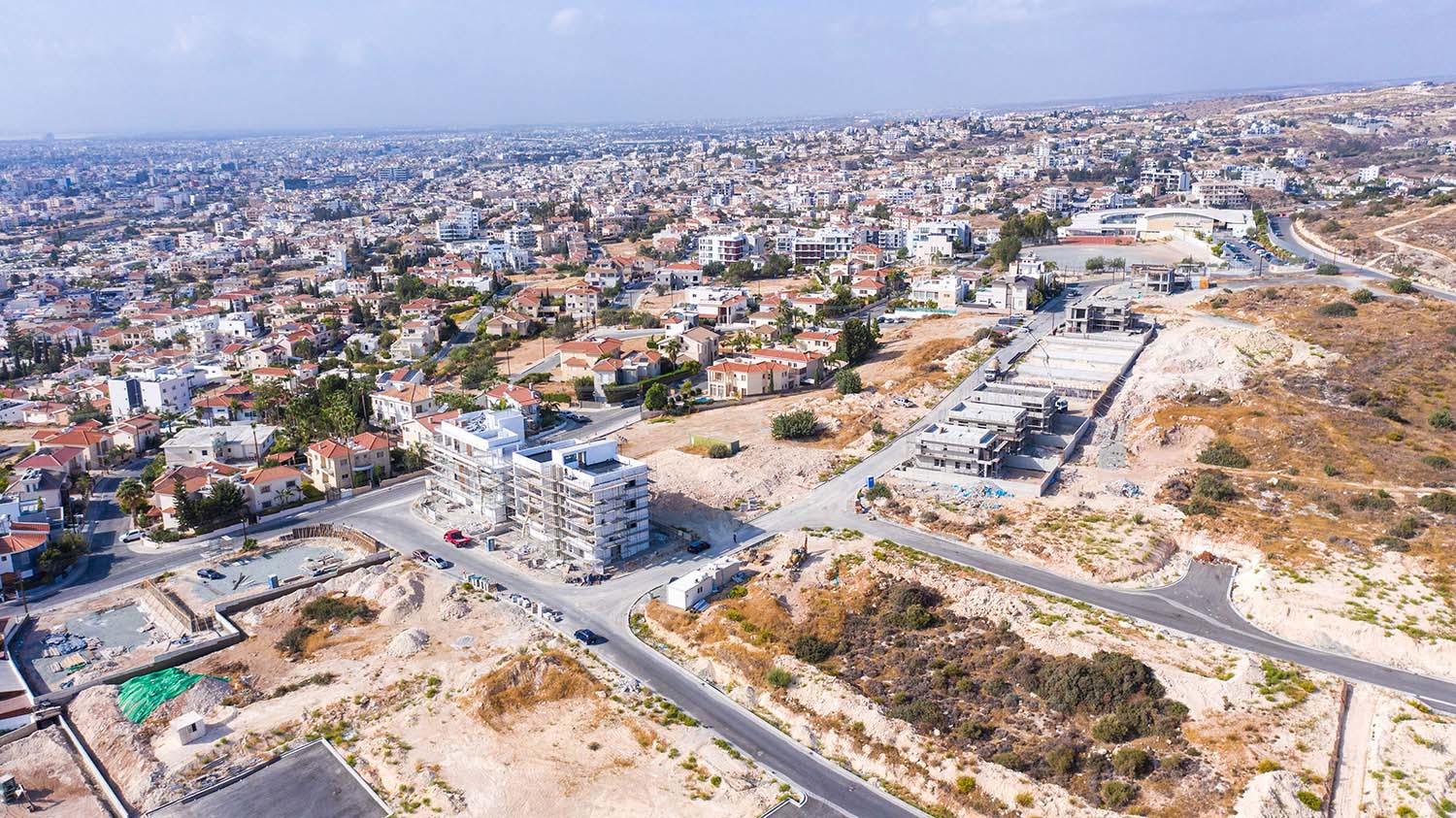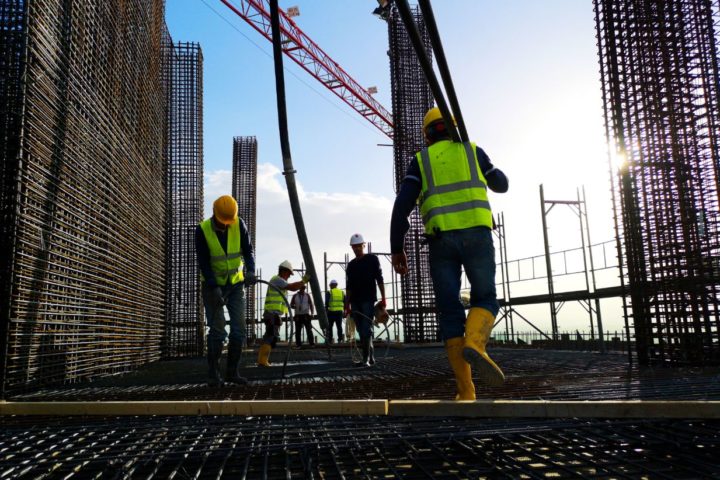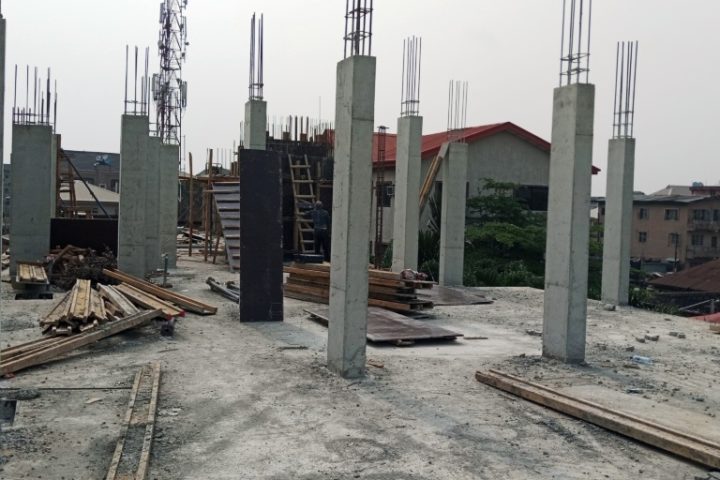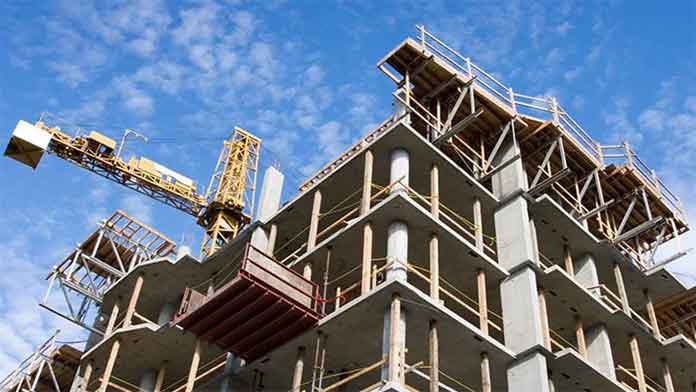The war in Ukraine is hurting the Cyprus real estate industry, with the already inflated cost of building materials pushed even higher as obstacles for international trade increase.
According to the Central Bank of Cyprus (CBC), the annual cost of building materials has gone up by 17.3% in March compared to last year.
“Given that most construction materials are imported, the war in Ukraine and problems in the supply chain affecting international trade are expected to push construction costs even higher.
“This, in the future, may negatively affect demand,” said the Central Bank comment.
Noting that building material costs have increased significantly, the CBC said property prices in Cyprus have not shown in recent years the large upward trends observed in other Eurozone countries, except for luxury apartments in Limassol.
It said the island’s real estate market continued to rely on local demand, mainly for housing units.
The majority of property transactions in the fourth quarter of 2021 were properties in the price range of €100,000 to €300,000.
Buyers were people in the market for a primary residence and investors who were on the lookout for a property they could profit from renting.
The Central Bank’s house price index (houses and apartments) recorded an upward rise in Q4 2021.
There was a quarterly increase of 1.3% compared to 0.6% in Q3 2021, while on an annual basis, the index recorded a climb of 2.6% compared to 1.2% in the previous quarter.
The increase in house prices comes mainly from the purchase of apartments.
House prices rose by 1% and quarterly by 0.7%, while apartment prices rose by 6.3% annually and 1.3% quarterly.
During Q4 2021, house prices quarterly increased in all districts except Larnaca, where there was a marginal decrease of 0.3%.
In Nicosia, an increase of 1.2% was recorded, Limassol increased by 1.9%, Paphos by 0.6% and Famagusta by 2.7%.
An annual increase in house prices was recorded in all districts.
Nicosia house prices increased by 0.4%, Limassol by 5%, Larnaca by 2.1%, Paphos by 2% and Famagusta by 1.4%.
Quarterly, house prices recorded increases in all districts except Larnaca and Paphos.
Nicosia, Limassol, and Famagusta rose by 1.4%, 0.7%, and 2.3%, respectively.
In contrast, Larnaca and Paphos house prices fell quarterly by 0.5% and 0.6%.
Annually, house prices increased in Limassol and Larnaca by 3.1% and 1.7%, respectively. On the other hand, house prices in Nicosia decreased by 0.7%, Paphos by 0.8%, and Famagusta by 0.3%.
Apartment prices quarterly increased in all districts
Paphos saw the highest increase at 4.5%, then Limassol and Famagusta with 3.4%, Nicosia at 0.8% and Larnaca at 0.3%
On an annual basis, apartment prices also increased in all districts.
Paphos again had the biggest rise of 9.6%, Famagusta 7.4%, Limassol 6.6%, Larnaca 3.5% and Nicosia 2.6%.
“The continuing rise in house prices is mainly due to domestic demand, which is the largest market share.
“To a lesser extent, it is also due to the stabilisation of demand from foreign investors and increasing construction costs.”










